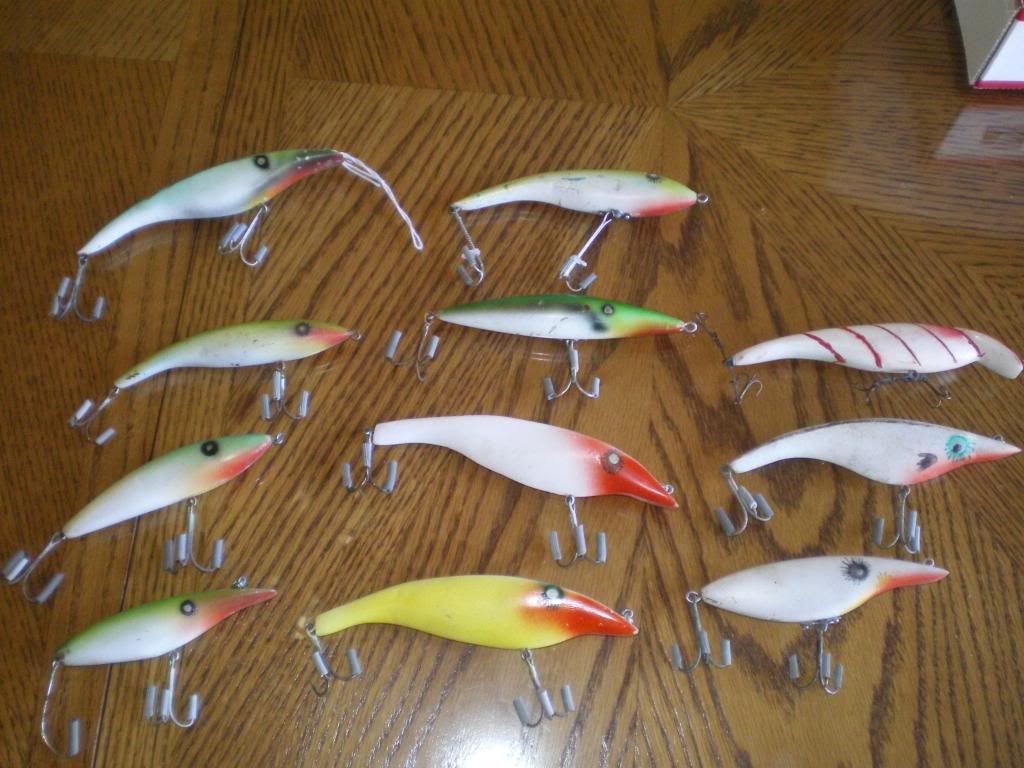
Trout fishing conditions change because of insect hatches and other natural food sources that the trout are most exposed to. Since trout are known as "easily-spooked" fish, you need to replicate the natural environmental factors at any given time found in the habitat you are fishing in. One great tip is to ask at the local bait shops which lures they are finding the most success with.
Let's consider a few of the variety of lures available to you.
Spoons are popular trout fishing lures because they come in all sizes and thickness. Early-season trout might demand thicker spoons because they are in deeper, faster water, while a thinner spoon works better in calmer waters, later in the season. Spoons cast easier than other types of lures, so you can cover more water in a shorter amount of time.
Spinners are popular trout fishing lures to consider as well. They are known to run deep, making them perfect for early season fishing. They are available in a variety of sizes, but a general rule of thumb is to consider a tiny 1/32 ounce lure with 2 pound test in smaller creeks, a 1/16 to 1/8 ounce spinner in mid-sized streams and move up to heavier 8 pound test line and a 1/4 ounce spinner in the deeper and faster waters.
Minnow plugs are popular lures because they resemble a natural food source of the trout. You will need to mimic the size of the local minnows that are found in the stream you are fishing in; generally, however, smaller minnow plugs are the best. That means you should keep the length below 5 inches and it can be best to use minnow plugs that are 2 to 3 inches long in almost any trout stream.
Flies are a category of trout fishing lures that encompasses a large number of styles, colors and sizes. When you are fly-fishing, there are different techniques you need to learn because you are imitating the natural insect hatch, which is their favorite food source. There is a wide variety of flies to choose from and there are many avid fishermen that "tie" their own flies. You can find kits for building your own trout flies at sources that cater to trout fishermen.
As you can see, there are many different choices when it comes to trout fishing lures. The secret is to find the ones that offer the best results for the conditions where you are fishing. Call on the expert advice of experienced anglers and educate yourself to accelerate your results and you will soon find that your results are more reliable and consistent than ever before.
Jerry Worden is a trout fishing expert. To learn secrets on how to become consistently successful in your trout fishing and selection of trout fishing lures and to obtain a Free Trout Fishing Secrets mini-course, visit http://www.troutfishingsecretsthatwork.com/ now.
Article Source: http://EzineArticles.com/?expert=Jerry_Worden
see my previous post :
How to Make Plastic Fishing Lures